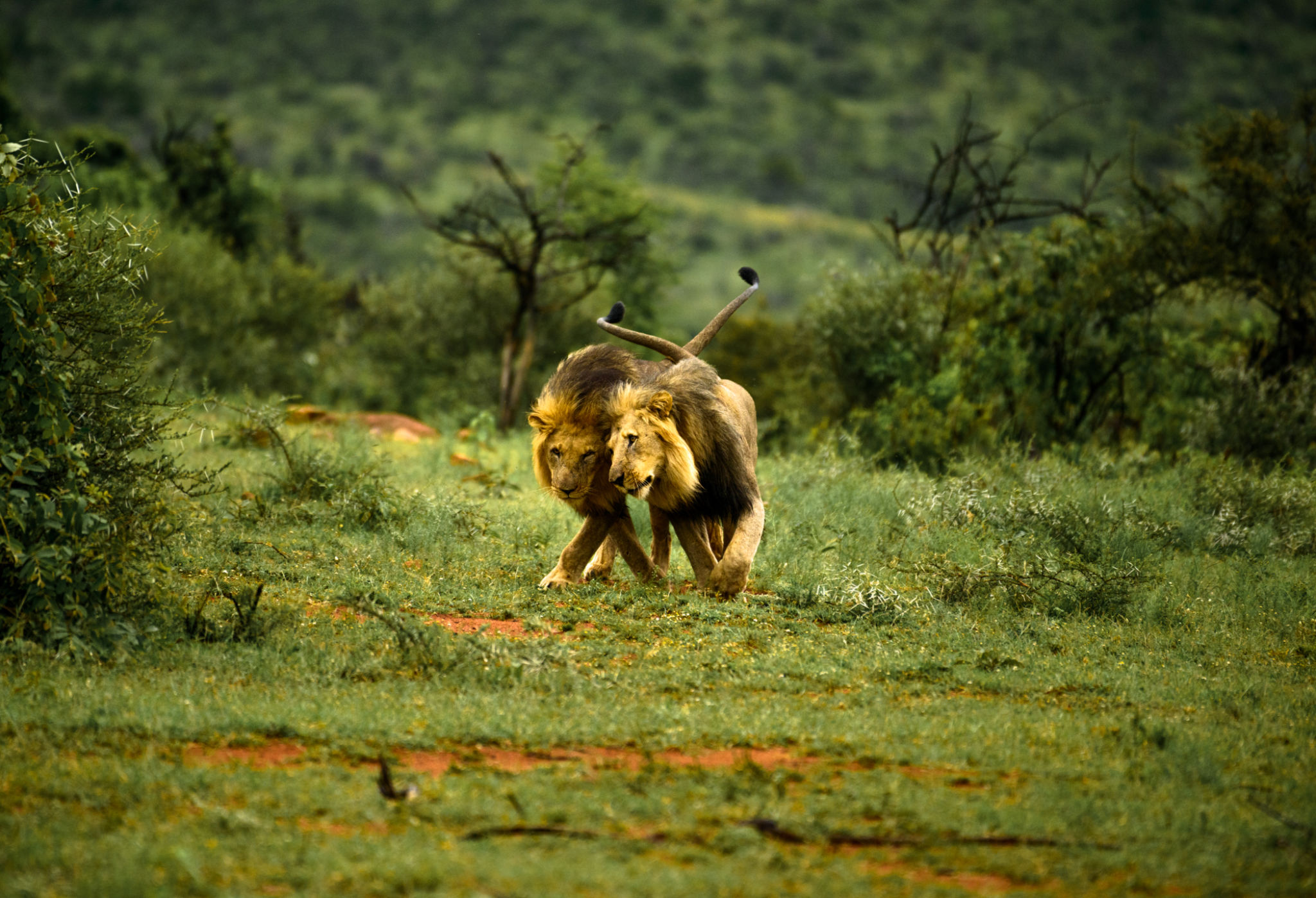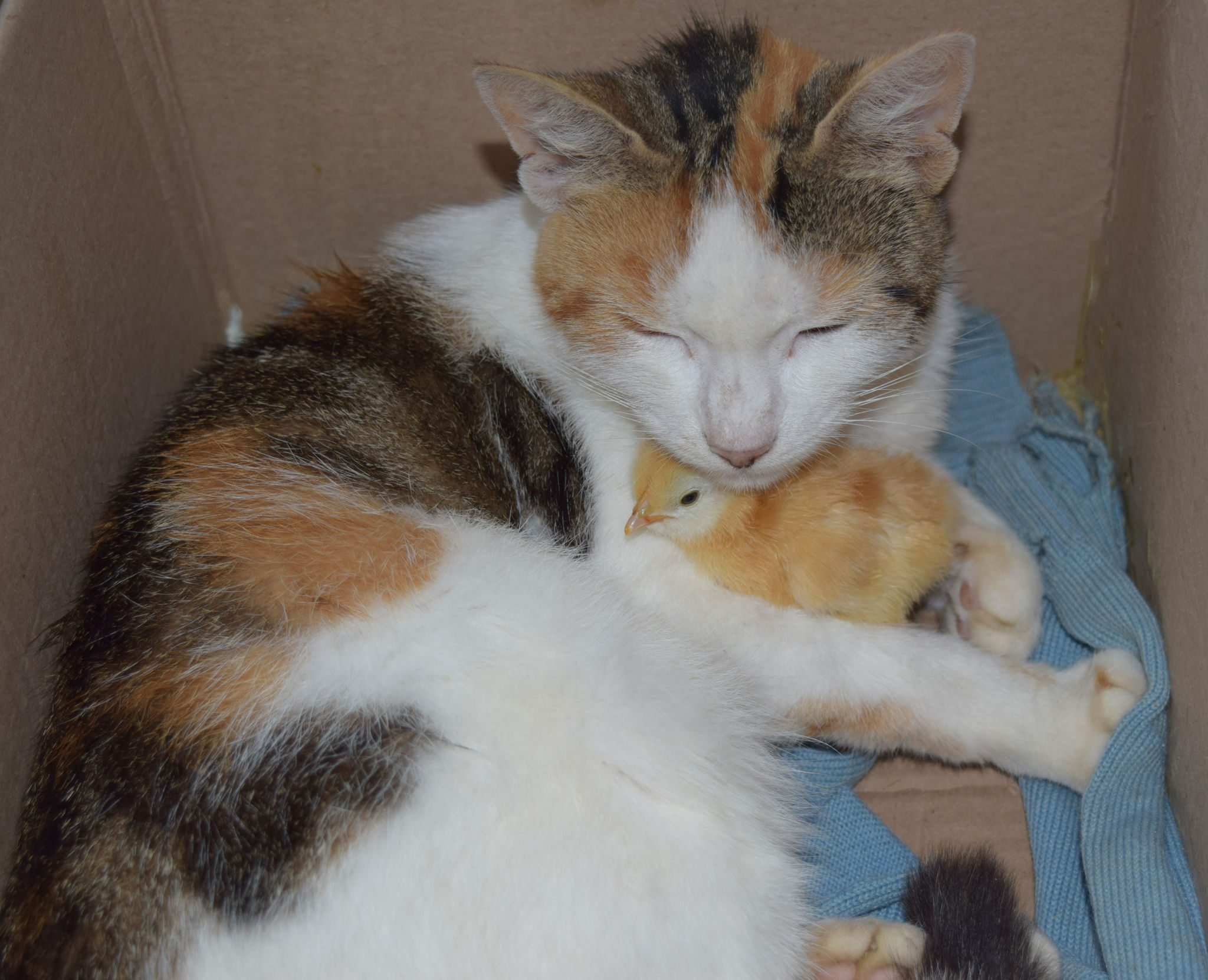From Chromosomes to Choices: The Journey of Sex and Gender
Cameron is pregnant. You are listening to them telling Jesse how excited they are to start shopping, but frustrated because they have to wait until they know for sure if it’s a boy or a girl to choose the right things. Jordan leans forward, eyes bright. "But why do we even do that?" they ask. "Why can’t we just let kids be kids? We’re always pushing them into gender boxes. That’s why so many kids struggle with gender identity later. It’s all that social conditioning. It’s so outdated." You can see Cameron gasp to start the argument. You nod politely, swirling your fruit punch, hoping you won’t be called on to pick a side. You can’t quite remember what you know about gender and sex. Something about chromosomes, hormones, maybe even the brain ... but the details are foggy.
Take a breath. Let’s walk through it together. It’s Pride Month, this seems like as good a time as any to refresh our memory. We’ll peel back the layers, one by one, to understand how sex and gender develop, and how the simple-seeming question, "is it a boy or a girl", unfolds into a story written in biology, timing, and life’s unpredictable currents.

The First Strand: Chromosomes at Conception
At the very beginning, before names or nursery colors, before anyone is expecting anything at all, there is a cell. That cell carries chromosomes, those tightly wound threads of genetic instruction inherited from two parents. Most commonly, a person receives either two X chromosomes, which tends to set the body on a female developmental path, or one X and one Y chromosome, which typically steers development toward the male form.
But biology has never been fond of clean lines. Sometimes, a person might carry a different combination, like XXY, XYY, or just a single X (XO). These unusual combinations happen because of a process called nondisjunction during the formation of egg or sperm cells. Normally, each parent contributes one sex chromosome. But sometimes, chromosomes don’t separate properly, and a cell ends up with an extra or missing one. These conditions usually arise by chance, not because of anything either parent did. And they show that biology doesn’t always follow the rulebook, it follows possibility.
The differences, like like XXY, XYY, or XO, can ripple into the development of the body and brain in ways that are subtle or profound. The blueprint, in other words, doesn’t always follow the most common script. And from the very start, we are reminded that nature writes in variations, not binaries.

The Flesh Takes Shape: Developing Sex Organs
Around the sixth week of pregnancy, the fetus still floats in possibility. The tiny body has the structures it needs to become either male or female, depending on which biological signals show up first and how loudly they speak.
If the Y chromosome is present and doing its job, it triggers the growth of testes. The Y chromosome usually carries a gene called SRY (Sex-determining Region Y), which is what initiates the development of testes. If testes form, they begin to release testosterone, the chemical messenger that helps sculpt the body into its male form. The clitoris begins to lengthen into a penis; folds of tissue fuse to become the scrotum.
If there is no Y chromosome (or if the Y is silent) the fetus continues along the path that is, biologically speaking, the default: a body with a clitoris, labia, and ovaries begins to take shape. What do i mean by an silent Y?
The Y chromosome may ve present, but it fails to produce or trigger the hormonal cascade that would normally masculinize the fetus. Several reasonf for that exist:
- Even though the person has a Y chromosome, the SRY gene might be missing or nonfunctional.
- The body might not respond to testosterone properly, due to a condition like androgen insensitivity syndrome (AIS). In complete AIS, the body is completely unresponsive to testosterone, so the person develops a typically female body, even though they have XY chromosomes and functioning testes inside the abdomen.
- There might be errors in hormone production that prevent the necessary testosterone surge, despite the presence of the Y chromosome.
So, not every body follows this script exactly. Sometimes the fetus makes testosterone but doesn’t respond to it fully. Sometimes hormones drift across the placenta from the mother or arise from unexpected genetic variations. The result can be ambiguous genitalia: bodies that do not fit neatly into either male or female categories. In such cases, a baby may be born intersex: not a disorder, but one of nature’s many alternatives.

The Silent Sculptor: Brain Development in the Womb
In the second trimester, the brain begins to take on its shape. This is not simply about intelligence or personality, but also about how the brain will be wired to respond to the world. In male fetuses, testosterone again plays its part, crossing into the brain and shaping certain regions associated with spatial navigation, aggression, sexual behavior, and more. This process is called "brain masculinization". In female fetuses, the absence of this testosterone surge means the brain follows a different developmental path, what scientists sometimes refer to as the "protected female default".
But again, the womb is not a sealed chamber. Stress, illness, or medications can influence how much testosterone a fetus is exposed to. A female fetus, for example, might be exposed to more testosterone than usual and develop some brain structures in a more male-typical way. Conversely, a male fetus might fail to receive a timely hormonal surge and develop a brain that leans more toward female-typical patterns. These differences in brain structure and sensitivity may later shape not only interests and behavior, but also how someone experiences gender itself: whether it fits their body or not.
The Awakening: Puberty and the Second Wave
Puberty is the second great hormonal wave, arriving like spring after a long winter. Testosterone in boys begins to deepen the voice, grow facial hair, and fuel sexual desire. Estrogen in girls rounds the hips, builds breasts, and triggers menstruation. These hormones also intensify whatever was laid down earlier in the brain: reinforcing patterns of attraction, confidence, and gender expression.
For most people, this activation confirms what was already forming. But for others, puberty brings confusion or pain: a sense that the body is moving in a direction that doesn’t feel quite right. Sometimes the receptors for hormones don’t work as expected. Sometimes the brain and body feel out of sync. It’s one of the many natural ways in which human development varies.

How Environment Shapes Sex and Gender
While the blueprint of sex and gender is biological, it is also deeply responsive to the environment. A mother’s stress, especially if it’s prolonged or intense, can change the hormonal landscape of the womb. Certain medications or chemicals in the environment, like endocrine disruptors found in plastics or pesticides, can also influence fetal hormone levels. This means that two fetuses with the same chromosomes might develop differently depending on what the mother’s body is going through. These differences are often invisible at birth but can surface later in how a person feels, behaves, or identifies. The body is not a machine. It’s a living, listening organism, shaped not just by genes, but by the world around it.
After birth, biology passes the baton to culture. Gender is taught and reinforced in the way people speak to you, dress you, praise you, or correct you. A baby boy in a blue onesie is treated differently from a baby girl in a floral dress, often before they can even hold up their heads. As children grow, they absorb not only their bodies and feelings, but the expectations placed upon them. What toys are for them, what behavior is "normal", what futures are available. And so, sex and gender are never just biology or just culture. They are woven together, threads of flesh and meaning, of cells and stories, that shape the way we each walk through the world.
Because so many moving parts are involved, from chromosomes, hormones, timing, stress, to genetics and cultire, it’s no surprise that variation is the rule, not the exception. Most people develop in ways that align body and brain neatly. But many do not. A person might be born with a female body and a brain that carries more male-typical traits. Another might have a male body but never feel quite at home in it. These are not failures of development. They are expected outcomes in a system that values flexibility and diversity over rigid categories. Nature doesn’t deal in straight lines, tt favors possibility.
The Gentle Reminder
Sex and gender emerge through a long, sensitive process involving chromosomes, hormones, the timing of developmental events, and the environment both inside and outside the womb. The outcome is rarely perfect symmetry. Often, it is complexity. That complexity can be bewildering, especially when it doesn’t align with what you’ve been taught to expect. But it is how biology works when it’s doing its job well: allowing space for life to respond to many possibilities.
And so, when Cameron sighs over tiny onesies and Jordan raises their eyebrows at gender boxes, you can sit with your fruit punch a little more at ease. You don’t have to take sides. You know now that both of them are brushing against different edges of a story that, for some people, is hard to grasp. A story written in chromosomes and hormones, in silence and surge, in culture and care. A story where the question “boy or girl?” is simply too small. And in that space beyond the question, there is room to be curious, to be kind, and above all, to love every living being as they are, in all their own unfolding.
